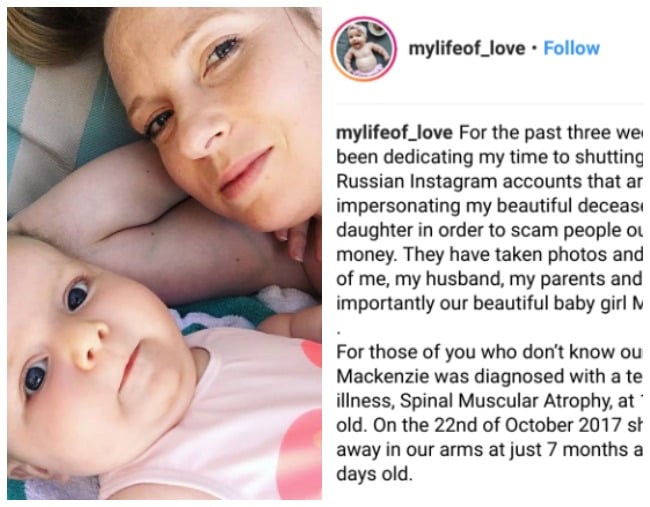
When Rachael Casella and her husband Jonathan welcomed their baby daughter Mackenzie in March, 2017, they couldn’t have been happier.
She was perfect.
After miscarrying their first child, Rachael had been expecting the worst during her second pregnancy. But the moment Mackenzie was born, she breathed a sigh of relief.
It wasn’t until Mackenzie was 10 weeks old that there was any indication something was wrong.
Concerned that her daughter was crying at the end of each feed, Rachael went to see a lactation consultant. While the consultant said there was no problem with Mackenzie’s feeding, she mentioned that she seemed ‘floppy’. At first, Rachael dismissed the comment, but when she looked over at a baby boy, roughly the same age as her daughter, who was on his tummy with his chest off the ground, she had a sinking feeling. Her baby didn’t do that.
Two days later, a paediatrician told the new parents he believed Mackenzie had spinal muscular atrophy (SMA), a terminal condition with no cure. Rachael and Jonathan would later learn their daughter had the most severe form.
In October, 2017, Mackenzie came down with a cold. Her lungs and breathing muscles weren’t strong enough to help her clear the mucus. Four days later, she passed away, lying between her parents in a hospital bed.





























































































